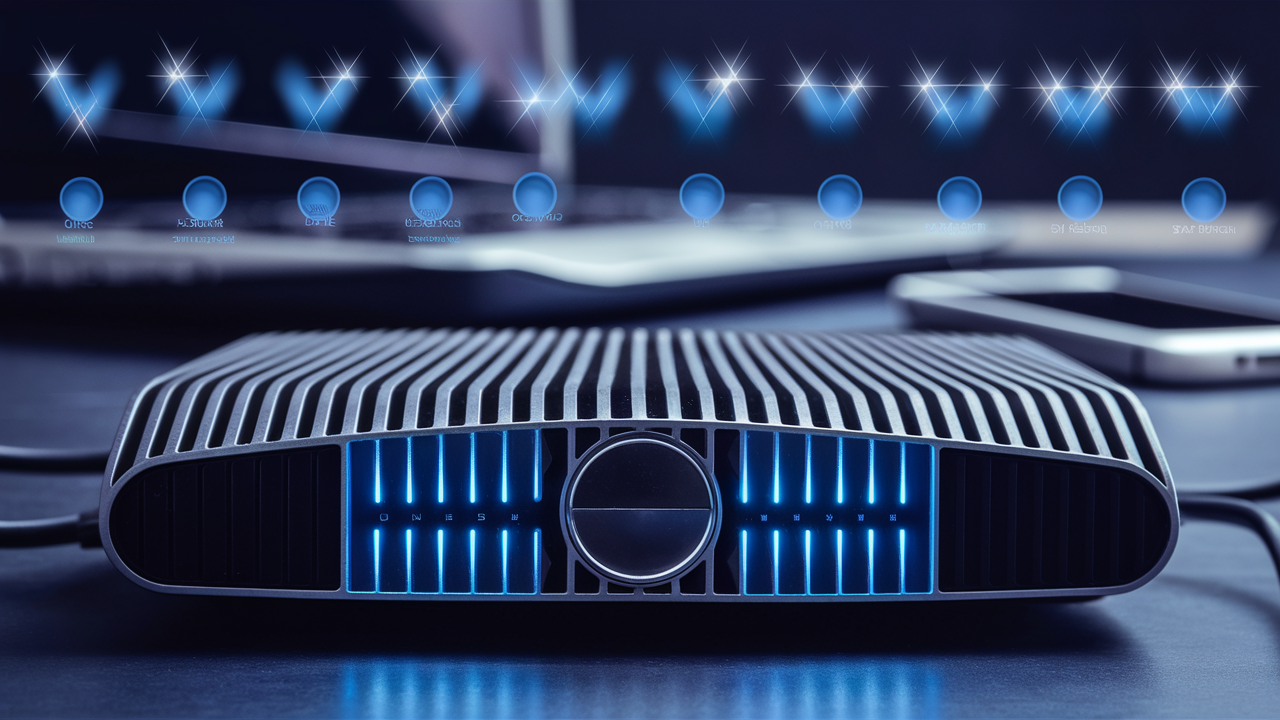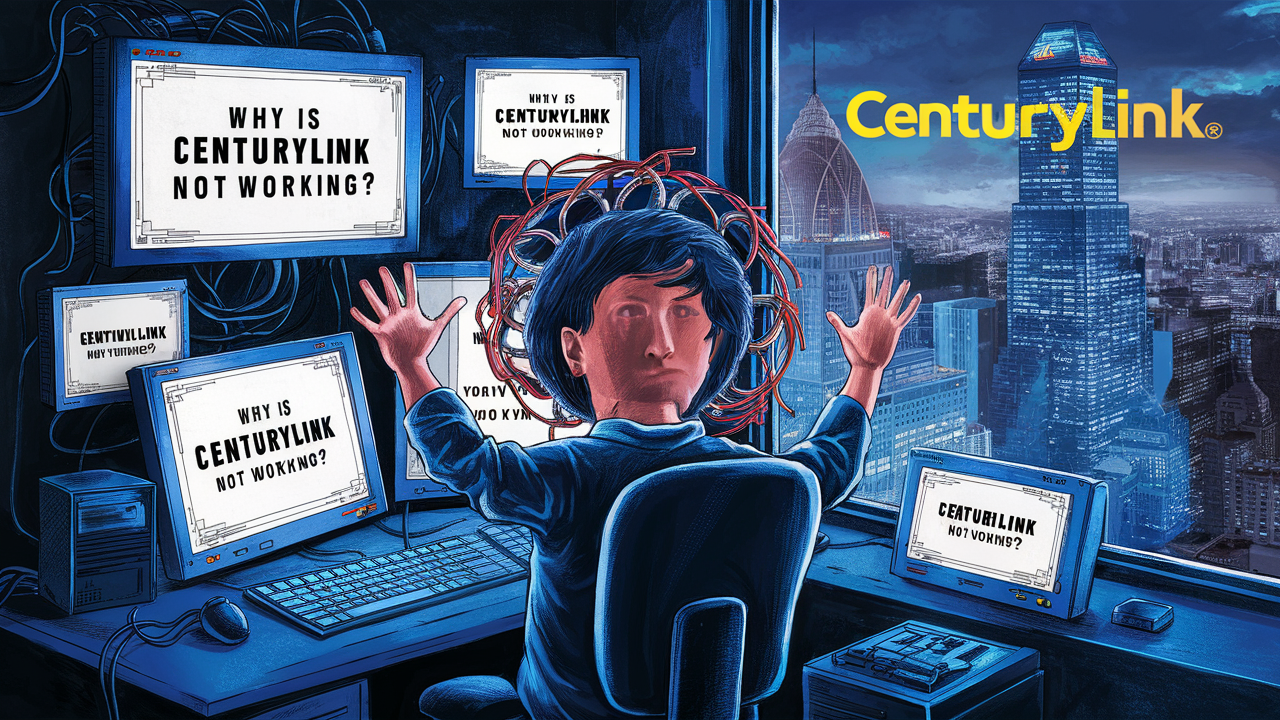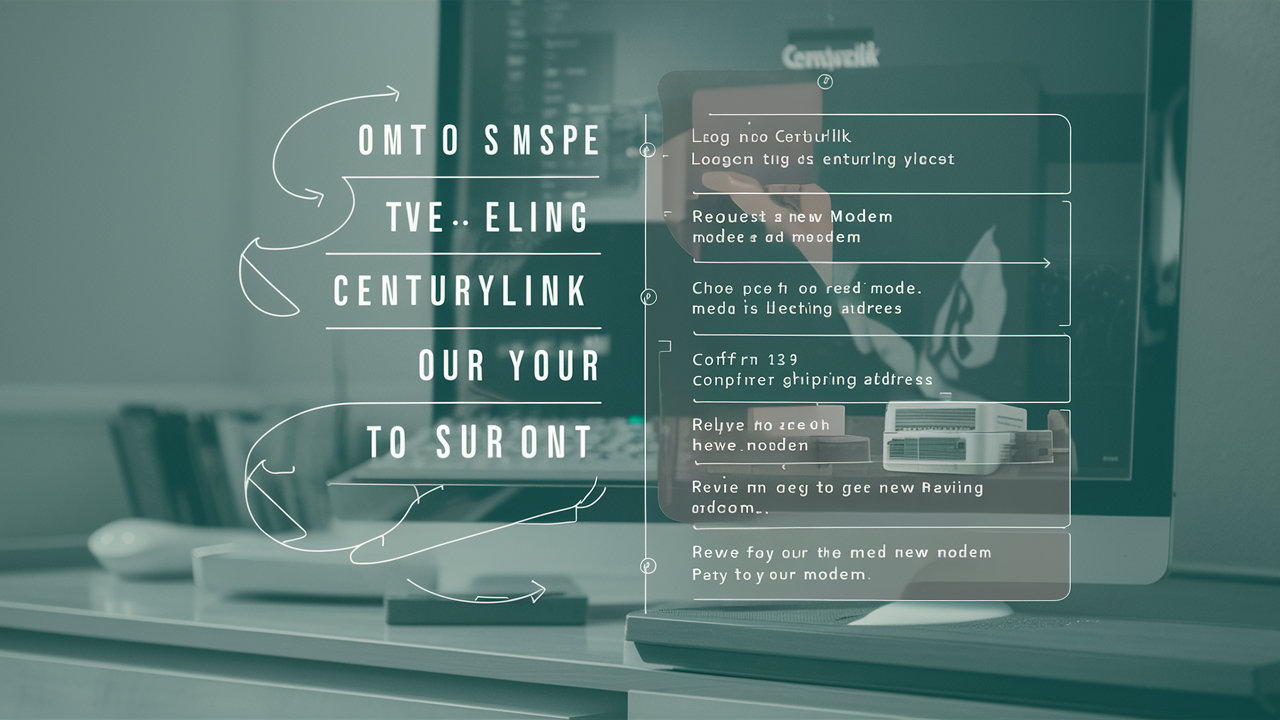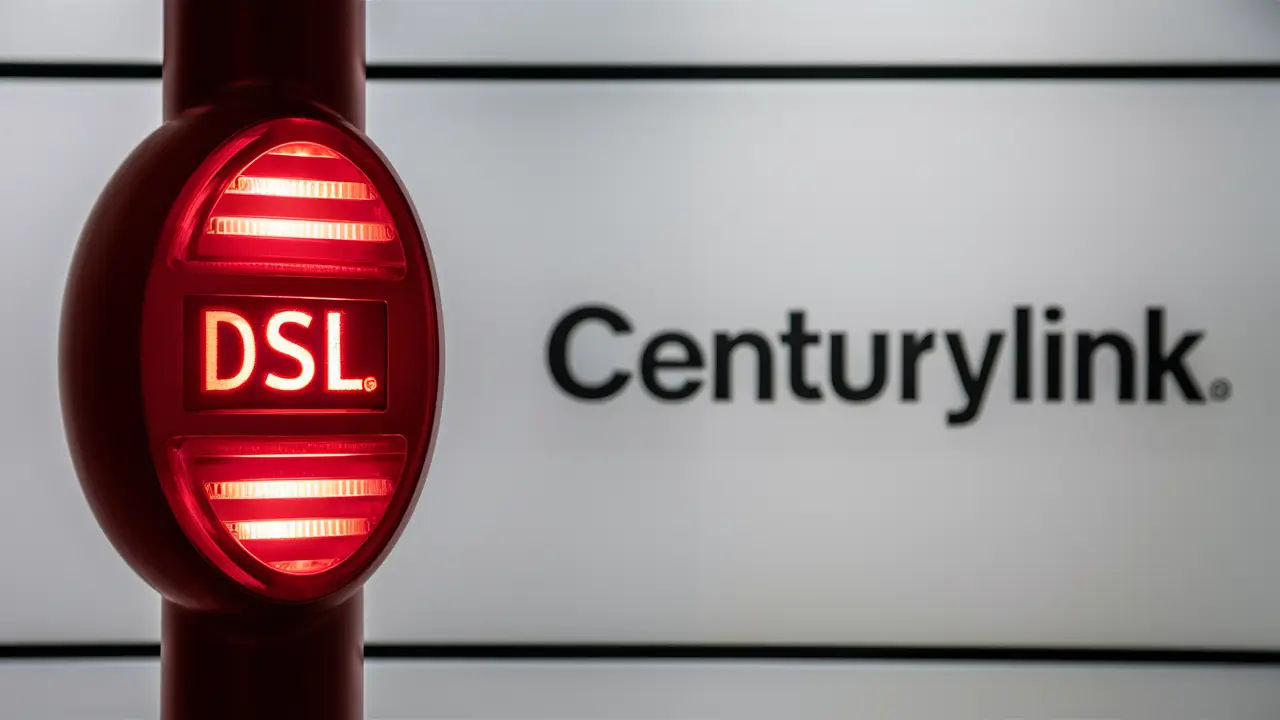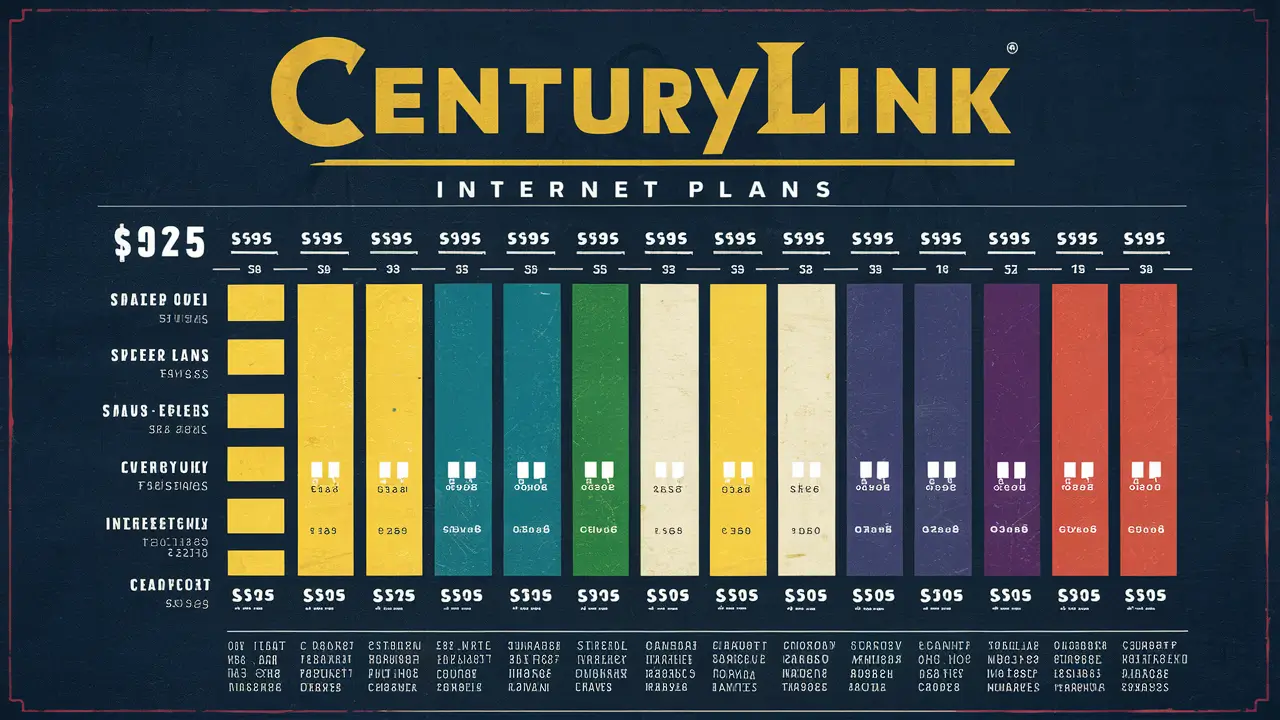CenturyLink Fiber Internet: Why Fiber Internet Tops Satellite

Understanding Fiber Internet vs. Satellite
In the quest for a robust and high-speed internet connection, the choice between fiber optic and satellite internet can significantly impact your online experience. While satellite has historically served remote areas, fiber optic technology, particularly through providers like CenturyLink, offers a superior solution for speed, reliability, and overall performance. This guide will explore why CenturyLink Fiber Internet stands out as the top choice over satellite.
The CenturyLink Fiber Advantage
CenturyLink, now Quantum Fiber in many areas, is at the forefront of delivering next-generation internet services. Their fiber optic network is built on a foundation of light, transmitting data at incredible speeds and with minimal latency. This technological leap provides a stark contrast to the limitations inherent in satellite internet.
What is Fiber Optic Internet?
Fiber optic internet utilizes thin strands of glass or plastic to transmit data as pulses of light. This method is fundamentally different from traditional copper-based DSL or cable internet, which transmit data as electrical signals. The use of light offers several key advantages:
- Immense Bandwidth: Fiber can carry significantly more data than copper wires, enabling faster download and upload speeds.
- Light Speed Transmission: Data travels at or near the speed of light, drastically reducing latency.
- Immunity to Interference: Light signals are not affected by electromagnetic interference, ensuring a stable connection.
- Durability: Fiber optic cables are more resistant to environmental factors than copper.
How CenturyLink Leverages Fiber Technology
CenturyLink (Quantum Fiber) has invested heavily in expanding its fiber optic infrastructure. This means that in many communities, users can access symmetrical download and upload speeds, a crucial factor for modern internet usage. Unlike older technologies, fiber to the home (FTTH) ensures that the entire connection from the provider's network to your residence is made of fiber optic cable, eliminating bottlenecks. This direct connection is what allows for the unparalleled performance users experience with CenturyLink's fiber offerings. The company is committed to bringing this advanced technology to more homes and businesses, recognizing its importance in the digital age.
The Inherent Limitations of Satellite Internet
Satellite internet relies on a dish antenna to communicate with a satellite orbiting Earth, which then relays data to and from a ground station connected to the internet. While it provides a solution for areas where terrestrial infrastructure is unavailable, it comes with significant drawbacks.
The Physics of Satellite Communication
The primary challenge with satellite internet is the sheer distance the data must travel. A signal has to travel from your dish to the satellite, then back to Earth, and then to the internet, and repeat the process for the return trip. This round-trip journey, often spanning thousands of miles, introduces substantial latency.
- High Latency: The time it takes for data to travel to the satellite and back is measured in hundreds of milliseconds, making real-time applications like online gaming or video conferencing frustratingly laggy.
- Weather Dependence: Heavy rain, snow, or even dense cloud cover can obstruct the signal between the dish and the satellite, leading to intermittent connectivity or complete outages.
- Limited Bandwidth: Satellite providers often impose strict data caps and throttling policies to manage their limited bandwidth, which is shared among many users in a given geographic area.
- Slower Speeds: Compared to fiber, satellite internet speeds are considerably slower, both for downloads and uploads.
Satellite Internet in 2025: Still Playing Catch-Up
While advancements in satellite technology, such as low-earth orbit (LEO) constellations, have promised improvements, they still struggle to match the performance and reliability of terrestrial fiber. LEO satellites are closer to Earth, reducing latency compared to geostationary satellites, but the fundamental physics of needing to communicate with a moving object in space still introduce complexities and limitations not present with fiber. For most users, especially those in areas where fiber is available, satellite remains a compromise.
Direct Performance Comparison: Fiber vs. Satellite
To truly understand why CenturyLink Fiber Internet outperforms satellite, a direct comparison of key performance metrics is essential. These metrics paint a clear picture of the user experience each technology provides.
Speed: Download and Upload
Fiber optic internet, especially through providers like CenturyLink, offers symmetrical speeds, meaning your download and upload speeds are the same. This is crucial for activities like uploading large files, video conferencing, and live streaming. Satellite internet, on the other hand, typically has much slower upload speeds than download speeds, and both are generally slower than fiber.
2025 Speed Averages:
| Technology | Average Download Speed (Mbps) | Average Upload Speed (Mbps) | Typical Availability |
|---|---|---|---|
| CenturyLink Fiber (Quantum Fiber) | 100 - 940+ | 100 - 940+ | Urban/Suburban Areas |
| Satellite Internet (Geostationary) | 25 - 100 | 3 - 10 | Rural/Remote Areas |
| Satellite Internet (LEO - e.g., Starlink) | 50 - 250 | 10 - 20 | Broad, but can vary |
As the table illustrates, even the more advanced LEO satellite services struggle to match the symmetrical speeds offered by CenturyLink's fiber. The consistency of these speeds is also a major differentiator.
Latency: The Real-Time Factor
Latency, or ping, is the time it takes for a data packet to travel from your device to a server and back. For real-time applications, lower latency is paramount.
- Fiber: Typically boasts latency as low as 5-20 milliseconds (ms). This makes online gaming, VoIP calls, and video conferencing feel instantaneous and smooth.
- Satellite (Geostationary): Latency can be as high as 500-700 ms due to the vast distance. This makes interactive online activities nearly impossible.
- Satellite (LEO): Significantly improves latency, often ranging from 20-50 ms. While better, it's still generally higher than fiber and can be more variable.
For tasks requiring immediate responsiveness, such as competitive online gaming or remote surgery (a future application of high-speed internet), fiber's low latency is an absolute necessity.
Bandwidth and Data Caps
Fiber optic connections generally offer unlimited data. Providers like CenturyLink understand that modern internet usage, including streaming high-definition video, online gaming, and working from home, requires substantial and consistent data. Satellite providers, however, often implement strict data caps. Exceeding these caps can lead to severely throttled speeds or additional charges, making it difficult to use the internet without constant monitoring.
In 2025, the average household's monthly data consumption continues to rise, driven by streaming services and cloud-based applications. Unlimited data plans are becoming the standard for high-performance internet, a standard that satellite providers struggle to meet affordably.
Reliability and Uptime
Fiber optic cables are buried underground or run on poles, making them less susceptible to environmental factors than satellite dishes.
- Fiber: Highly reliable, with minimal downtime. Its immunity to electromagnetic interference and weather means a stable connection, day in and day out.
- Satellite: Vulnerable to weather conditions. Heavy rain, snow, and even strong winds can disrupt the signal, leading to intermittent service or outages. This makes it unreliable for critical tasks or businesses that depend on constant connectivity.
Cost Considerations: Long-Term Value
When comparing the cost of CenturyLink Fiber Internet and satellite, it's important to look beyond the initial monthly fee and consider the long-term value and total cost of ownership.
Upfront Costs and Equipment
Satellite internet often requires a significant upfront investment in a satellite dish and modem. Installation fees can also be substantial. While CenturyLink Fiber may have installation fees, these are often competitive, and the equipment provided is designed for long-term use without the ongoing maintenance or vulnerability of a satellite dish.
Monthly Service Fees
Monthly fees for satellite internet can vary widely, but they often come with the caveat of data caps. Once those caps are reached, the cost per gigabyte can become extremely high due to throttling or overage charges. CenturyLink Fiber, on the other hand, typically offers unlimited data at a fixed monthly price, providing predictable costs and freedom to use the internet without worry.
Total Cost of Ownership
While initial satellite costs might seem comparable in some cases, the long-term costs associated with data caps, potential overages, and the need for more frequent equipment upgrades can make fiber a more economical choice over time. Furthermore, the enhanced productivity and reduced frustration from a reliable, high-speed connection offered by CenturyLink Fiber translate into significant intangible value.
For businesses, the cost of downtime due to unreliable satellite service can far outweigh the perceived savings. CenturyLink Fiber provides the stability and performance necessary for business operations to run smoothly.
Reliability and Availability: A Crucial Distinction
The availability of internet service is a primary driver for many consumers, especially those in rural or underserved areas. While satellite has historically been the only option for some, the expansion of fiber networks, including those by CenturyLink, is changing this landscape.
Where Fiber is Available
CenturyLink Fiber, and its successor Quantum Fiber, is primarily available in urban and suburban areas where the company has invested in deploying its fiber optic infrastructure. As of 2025, the rollout continues, bringing high-speed fiber to more communities each year. Checking availability on the CenturyLink (Quantum Fiber) website is the first step for potential customers.
The Satellite Niche
Satellite internet remains a viable, and often the only, option for extremely remote locations where laying fiber optic cable is prohibitively expensive or physically impossible. For these specific users, the limitations of satellite are a necessary trade-off for having any internet connection at all. However, for the vast majority of the population, especially those in areas with existing infrastructure, fiber offers a vastly superior alternative.
The Impact of Reliability on Daily Life
A reliable internet connection is no longer a luxury; it's a necessity. From remote work and online education to telehealth appointments and staying connected with family, consistent internet access is crucial. The unreliability of satellite internet, particularly its susceptibility to weather, can cause significant disruptions. CenturyLink Fiber's robust infrastructure ensures a stable connection, minimizing downtime and allowing users to rely on their internet service for all their daily needs.
Future-Proofing Your Connection with Fiber
Technology evolves rapidly, and your internet connection needs to keep pace. Fiber optic technology is inherently future-proof, capable of supporting the increasing demands of tomorrow's internet.
The Evolving Internet Landscape
As we move further into the 2020s and beyond, internet usage will only become more data-intensive. The rise of augmented reality (AR), virtual reality (VR), the Internet of Things (IoT), and increasingly sophisticated cloud-based services all require robust, low-latency, and high-bandwidth connections. Fiber optic networks are designed to handle these demands, with the potential to deliver speeds far beyond what is currently offered.
Why Satellite Falls Short for the Future
While satellite technology is improving, it faces fundamental physical limitations that will likely prevent it from matching fiber's future potential. The ongoing need to transmit data over vast distances and through the atmosphere will always introduce latency and variability. Furthermore, the shared nature of satellite bandwidth means that as more users adopt it, congestion can become a significant issue, impacting speeds and reliability.
Investing in a Future-Ready Network
Choosing CenturyLink Fiber Internet is an investment in a future-ready network. The infrastructure is built to support increasing speeds and data demands for years to come. This means you won't need to upgrade your internet service as frequently to keep up with evolving technological needs, saving you money and hassle in the long run. For example, 8K streaming, which is becoming more prevalent, requires significantly more bandwidth than HD streaming, a demand that fiber is well-equipped to meet.
Making the Switch to CenturyLink Fiber
Transitioning to CenturyLink Fiber Internet is a straightforward process designed to provide a seamless upgrade to your online experience.
Checking Availability
The first step is to visit the CenturyLink (Quantum Fiber) website or contact their customer service to check if fiber service is available at your address. The company is continuously expanding its network, so even if it wasn't available previously, it might be now.
Installation Process
Once service is confirmed, a professional installation will be scheduled. A technician will run a fiber optic cable to your home and set up the necessary equipment, including a modem and Wi-Fi router. The installation process is typically efficient and minimally disruptive. For most residential installations, the process takes a few hours.
Choosing the Right Plan
CenturyLink offers various fiber plans with different speed tiers to suit your needs and budget. Consider your household's internet usage – how many devices are connected, what activities are most common (streaming, gaming, working from home), and how many people will be using the internet simultaneously. This will help you select the plan that offers the best balance of performance and value. For instance, a household with multiple gamers and streamers might opt for the highest speed tier available.
Benefits of a Smooth Transition
By choosing CenturyLink Fiber, you're not just upgrading your internet; you're upgrading your entire digital life. Experience faster downloads, smoother streaming, lag-free gaming, and reliable connectivity for all your devices. The switch is an investment in a superior internet experience that will serve you well into the future.
Conclusion
In the competitive landscape of internet service providers, CenturyLink Fiber Internet consistently emerges as the superior choice over satellite. The fundamental difference in technology—light pulses traveling through glass strands versus radio waves bouncing off satellites—creates a chasm in performance, reliability, and future-proofing. Satellite internet, while serving a critical purpose in connecting the unconnected, is inherently limited by physics, resulting in high latency, weather dependency, and often restrictive data caps. CenturyLink's fiber optic network, conversely, offers symmetrical high speeds, incredibly low latency, unlimited data, and unparalleled reliability. As the digital world demands more—faster speeds for streaming 8K content, seamless connectivity for AR/VR, and robust performance for remote work—fiber is the only technology equipped to meet these evolving needs. By choosing CenturyLink Fiber, you are not merely selecting an internet plan; you are investing in a robust, future-ready connection that enhances productivity, entertainment, and overall quality of life, leaving satellite technology firmly in the past for those with access to this superior alternative.

